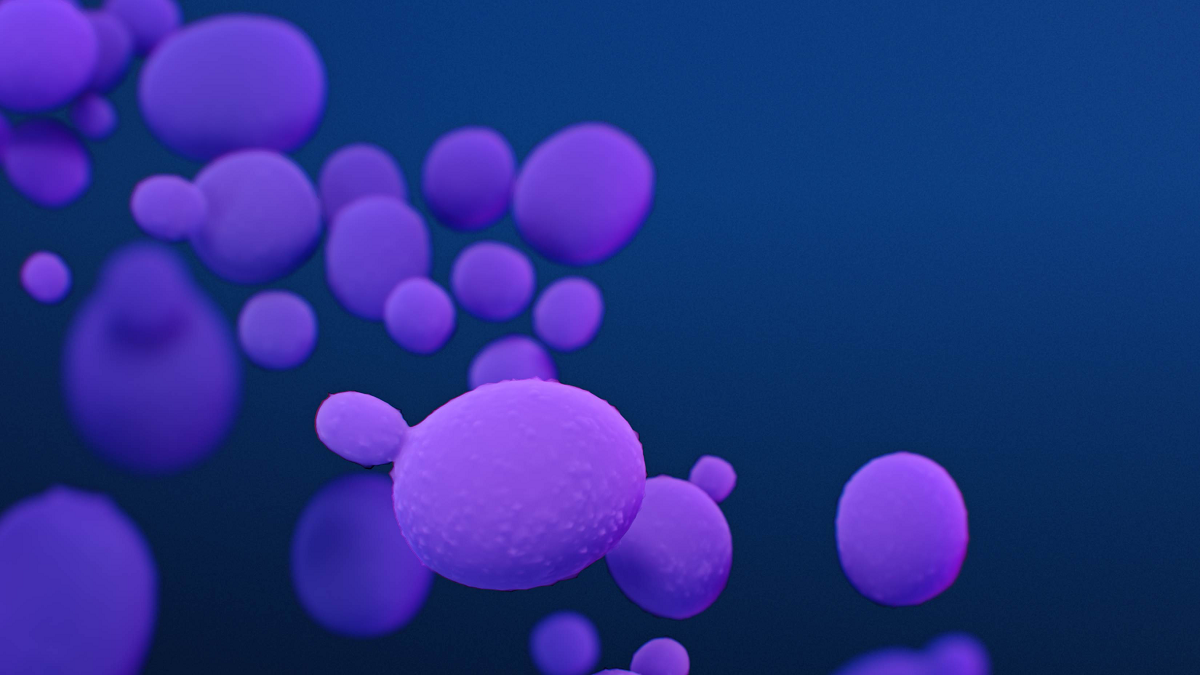At a glance
- Research and development needed to reduce illness and deaths from C. auris include: diagnostics, drugs, decolonization methods, and disinfectants.
- The CDC and FDA AR Isolate Bank provides panels of C. auris isolates from four main clades to approved institutions.
- Researchers and companies should follow Environmental Protection Agency guidance and methods for testing efficacy of disinfectant products against C. auris.

Overview
There are still many gaps in information about the newly emerged C. auris and a great need for more advanced resources to prevent, control, and treat infections. Unlike other disease-causing yeasts, C. auris can survive a long time on surfaces, is not killed by many standard disinfectants, is highly transmissible, and often multidrug-resistant.
Key areas for further research and development include:
- Rapid diagnostics
- New drugs
- Decolonization methods
- Registered, easy-to-use, and effective disinfectants
- Other tools or protocols for treatment and prevention
AR Isolate Bank: C. auris isolates
Researchers and industry professionals at approved institutions can obtain a panel of isolates of C. auris and other yeasts from the AR Isolate Bank. Isolates are free; recipients just pay for shipping.
The C. auris panel contains C. auris isolates from five different clades. Clades and susceptibility testing results are located on AR Isolate Bank webpages. Additionally, the panel contains 10 isolates from 6 related yeast species (such as Candida haemulonii).
Scientists should practice laboratory safety whenever working with C. auris or other pathogens.
Disinfectant testing and claims
The Environmental Protection Agency (EPA) has issued guidance and methods for testing liquid disinfectants against C. auris on hard, non-porous surfaces. To obtain a C. auris claim, researchers and companies must test the product using EPA's methods and submit an application for EPA review.
Those planning to submit are encouraged to inform EPA of their intention prior to application submission.
Researchers and companies with disinfection products unable to use MB-35-00 method may consider contacting the EPA for alternative testing methods.
